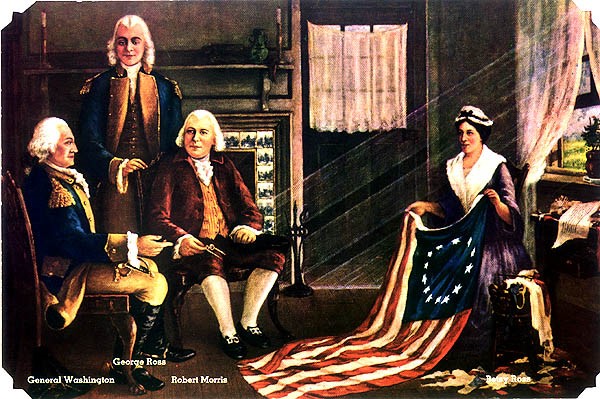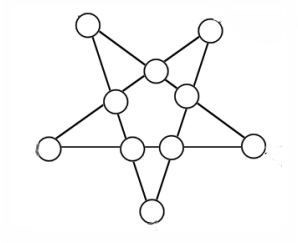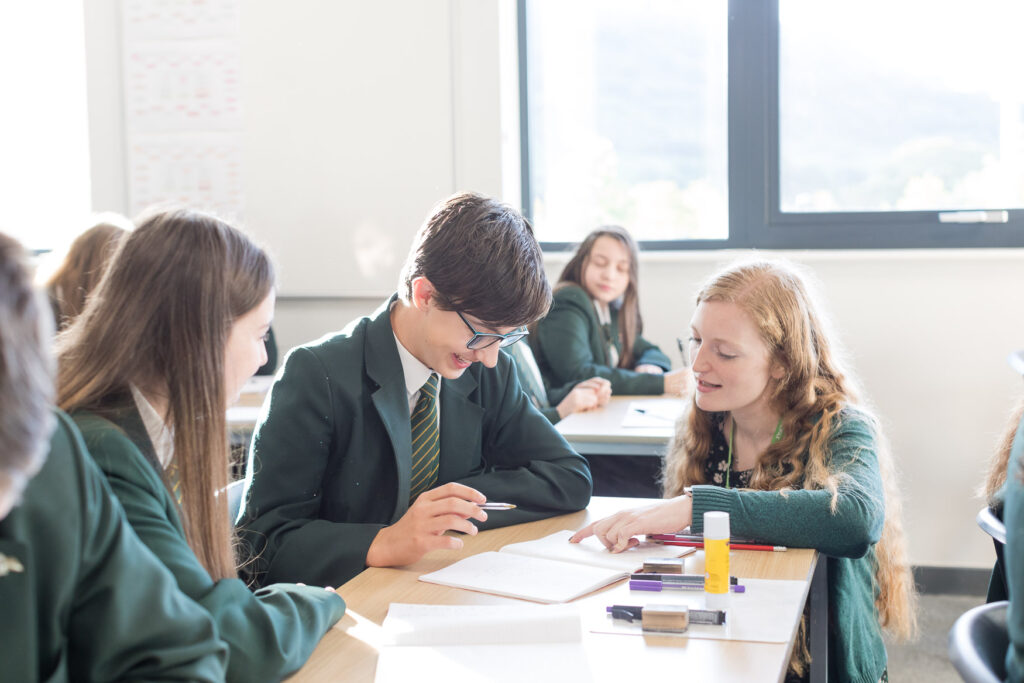The teacher placed Santa’s sack on the desk. Then asks one the students to take out five presents without looking into the sack. The five presents selected were all wrapped in blue paper.
“There was a 50% chance of that happening” said the teacher
What is the smallest number of presents that could have been placed in the sack for this to happen, and how many of them would have been wrapped in blue paper?
Puzzles are a good way to engage students, improve their understanding of mathematics and are great brain training exercises. Research has shown that it is beneficial for children to engage their brain with puzzles from a young age.
A classic puzzle writer from the last century is Henry Ernest Dudeney who wrote the book “Amusements in Mathematics” in 1917. You can still buy his book or freely download his puzzles.
His book contains some of the greatest puzzles ever created.
With Christmas just around the corner why not use this festive time of year as a hook to engage your students’ curiosity in mathematics. You could have a Christmas maths puzzle competition in your school.
Here are some examples of how you can make ‘standard puzzles’ into Christmas puzzles
1. The five pointed star, as shown in the diagram above, can be created using 10 coins and five straight lines with four coins on each line.
Using 12 coins can you create a six pointed star made up of six straight lines with four coins on each of the straight lines?
2. Three children were given a bag of sweets as a Christmas present and they decided to divide them between themselves in proportion to their ages. When James takes four, Sam takes three, and as often as James takes six Laura takes seven.
What are the ages of the three children and how many sweets did each end up getting for Christmas?

3. Place your pen on a letter in one of the cells of the honeycomb grid above to trace out a seasonal greeting by moving around the grid to adjacent letters. The correct route visits every letter in the grid once and only once.
 You and your students could create or adapt ‘classic’ puzzles as I have above to give them a ‘Christmas feel’. For example you could use Betsy Ross’s five-pointed star to look at geometrical properties, angles and protractor work. The star’s history and how Betsy Ross got the job to make the first American flag after her ‘one cut interview’ with George Washington makes for a memorable start to any angle lesson.
You and your students could create or adapt ‘classic’ puzzles as I have above to give them a ‘Christmas feel’. For example you could use Betsy Ross’s five-pointed star to look at geometrical properties, angles and protractor work. The star’s history and how Betsy Ross got the job to make the first American flag after her ‘one cut interview’ with George Washington makes for a memorable start to any angle lesson.
By the way, if you are wondering what coloured presents could be in Santa’s sack, here is a simple way to look at the puzzle. If there are nine blue presents and one red present in the sack and you divide the ten presents into two portions and then select one of these portions, you have a 50-50 chance that you will select the group that contains all blue presents.



